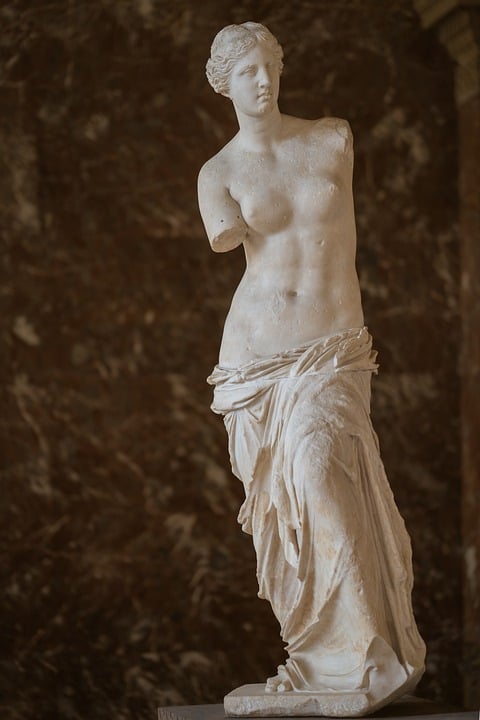The Louvre Museum, housed in the historic Louvre Palace in Paris, is not only one of the world’s largest and most visited museums but also a treasure trove of human history and creativity. The vast collection spans thousands of years and contains works from nearly every civilization on earth. Among its vast holdings, several masterpieces stand out, not just for their artistic excellence but for the stories they tell and the impact they have had on the world of art.
Here’s a deeper dive into some of the Louvre’s most celebrated artworks:
### 1. Mona Lisa (La Joconde)
Leonardo da Vinci’s “Mona Lisa” is arguably the most famous painting in the world, drawing millions of visitors to the Louvre each year. Painted between 1503 and 1506, it is renowned for its enigmatic subject and Da Vinci’s mastery of sfumato, the technique of allowing tones and colors to shade gradually into one another, creating a soft, smoky effect. The identity of the woman in the painting is believed to be Lisa Gherardini, the wife of a Florentine cloth merchant, though some debate remains. The painting’s fame is amplified by its history of theft in 1911, which elevated its status to a household name upon its recovery two years later.
### 2. The Winged Victory of Samothrace
This stunning sculpture, also known as Nike of Samothrace, depicts the Greek goddess of victory. Dating back to the 2nd century BC, this Hellenistic masterpiece was discovered in 1863 on the island of Samothrace in the Aegean Sea. It is celebrated for its dramatic and masterful depiction of movement and fluidity; the goddess appears as if she is alighting on the prow of a ship. Despite missing its head and arms, the sculpture remains a powerful representation of triumph and beauty.
### 3. The Wedding at Cana
Painted by Paolo Veronese in 1563, “The Wedding at Cana” is the largest painting in the Louvre’s collection. This massive work captures the biblical story of Jesus performing his first miracle, turning water into wine. Veronese’s depiction is notable for its monumental scale and the vivid portrayal of a sumptuous Venetian feast. The intricate details and the vibrant interactions between the 130 figures in the painting showcase Veronese’s skill in composition and color.
### 4. The Raft of the Medusa
Théodore Géricault’s “The Raft of the Medusa” is an iconic work of French Romanticism and a poignant political commentary. Painted in 1818-1819, it depicts the harrowing aftermath of the wreck of the French naval frigate Méduse. The survivors endured starvation, dehydration, and madness, and resorted to cannibalism to survive. Géricault conducted extensive research, including interviews with survivors and studying corpses for anatomical accuracy, to capture the despair vividly.
### 5. Venus de Milo
Another celebrated sculpture at the Louvre is the Venus de Milo, believed to represent Aphrodite, the ancient Greek goddess of love and beauty. Created sometime between 130 and 100 BC, it is acclaimed for its portrayal of classical beauty with an air of mystery, exacerbated by its missing arms. Discovered in 1820 on the island of Milos, this statue remains a lasting symbol of ancient Greek ideals of aesthetic perfection.
### 6. Liberty Leading the People
Eugène Delacroix’s “Liberty Leading the People” commemorates the July Revolution of 1830 in France. It features a personification of Liberty leading a charge against a barricade, the French flag in one hand and a bayonetted musket in the other. The dynamic composition, vibrant color palette, and emotional intensity make this painting a symbol of the fight for freedom and justice.
### Conclusion
The Louvre’s collection is vast and varied, with thousands of works of art from all corners of the world. Each piece not only showcases the aesthetic values of its time but also serves as a cultural document that offers insights into the historical and social mores of the era it represents. These masterpieces, among many others in the museum, provide not just visual delight but also engage the mind, making the Louvre a perennial symbol of the global heritage of art.


